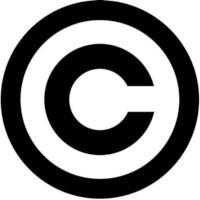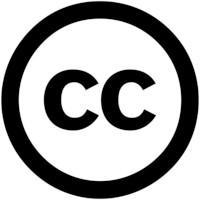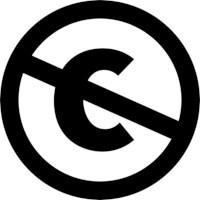What does it mean to be human if we don't have a shared culture? And what does a shared culture mean if you can't share it? It's only in the last hundred or 150 years or so, that we've started tightly restricting how that culture gets used.
The internet enabled infrastructure where anybody could participate without asking permission. We have all these new technologies that allow people to express themselves, take control of their own creative impulses, but the law is getting in the way.
Creative Commons is designed to save the world from failed sharing. People who actually want to share stuff, who put it up on the web because they want to share it under certain terms.
So we wanted to create a simple way for creators to say to the world, "here's the freedom that I want to run with my creative work, here are the things you're allowed to do". It gives the user of the work answers to these sorts of questions: Can I reproduce it, can I copy it, can I put it in my text book, can I use that photograph, can I make a new version of it?
Creative Commons gives tools to creators to make a choice about copyright. Creative Commons license can cover anything that copyright covers. Every license says: you need to give me attribution, I created this, give me credit for the work I did.
The basic choices are commercial use or not, can you make derivative works (versions/adaptations) or not, and do you want me to have to share alike - so if I take your stuff, do I have to offer it to the next person under the same terms.
There's no requirement for you to do anything with your work other than what you want to do. You own the copyright to it. What we've done is given you the right to exercise your copyright in more ways, more simply.
So the idea here is to enable the creative impulses that the technology turns loose and get the law out of the way. The work of Creative Commons is really about laying the infrastructure groundwork for this new type of culture, a new kind of folk culture.
Somebody from Deli, somebody from New York, somebody from Singapore, can feel comfortable using a photo that was created and given away by someone in the United States or in China or wherever that the licenses have been extended to, with their identity being preserved. Which means that people can actually create new kinds of things, come gather and build things. Mashups that people can do with people's Flickr photos, and ccmixter has allowed artists to make music together.
It's really about creativity and connection. Access and control. From amateurs who simply, for the love of what they're doing and they want to share and they want other people to be able to make use of it, to commercial organizations.
In the end this will have a very successful place in the for-profit economy. Creative Commons is the bridge to this future. You got to move away from thinking about content to thinking about communities. Communities that develop around content. The sharing that the licenses allow enable these communities to come together.
A physical commons is like a part where anybody can enter equally. The commons with intellectual works is actually much freer. It really is going to be the pillar for communication between people, cultural exchange. A space for more speech more free expression and that's the kind of commons we're trying to create.
[Music]


